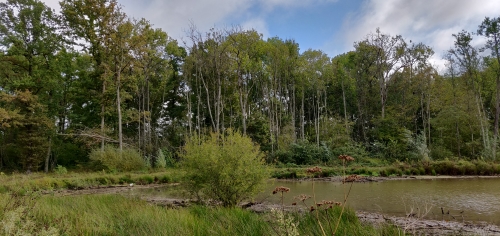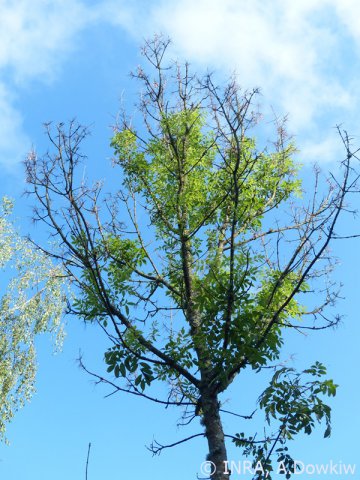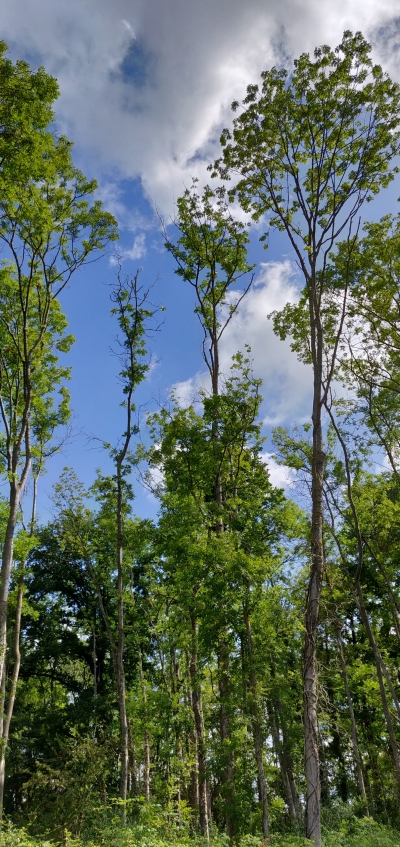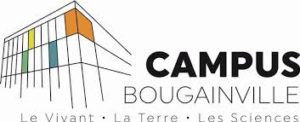Chalarose Ash experiment
The main symptoms are leaf necrosis, wilting and shoot death.
Necrosis at the crown (lower part of the tree) is most noticeable when it is already very present and extensive.
Ile-de-France project
The aim of this operation is to plant and monitor experiments for the conservation of common ash.


Chalarosis is a fungus that has been causing extremely severe dieback in ash trees for over a decade. But it was only in 2006 that the cause of these numerous diebacks was identified by a polish researcher (the first were observed in Poland in the early 1990s).
This fungus, Hymenoscyphus frexineus or more commonly known as Chalara fraxinea, reached France in 2008, when it was first detected in Haute-Saône, then in the North in 2009, and has been spreading ever since, at a rate of 50 km a year, advancing towards the South-West. It is now at the gateway to the PACA region where the desease appears to have come to a halt.
The spores of this fungus are carried by the wind, reaching the surface of the leaves and spreading to the branches, causing necrosis. Trees, particularly young ones, suffer a great deal of leaf loss, with death of twigs very often leading to the death of the tree. Infections at the foot of the tree and on the trunk are often visible in the forest. It is now estimated that only 1 to 2% of individuals will be resistant to this fungus, due to a more resistant genetic make-up.

The main symptoms are leaf necrosis, wilting and shoot death.
Necrosis at the crown (lower part of the tree) is most noticeable when it is already very present and extensive.

The facility is located in Seine-et-Marne (77).
Planting and experimental monitoring are planned for a period of 9 years, to observe the behaviour of tolerant individuals.

The system was set up on 1 hectare in the immediate vicinity of an ash grove affected by Chalarosis (photo opposite)
The project involves a number of technical operations: planting the seedlings, installing game protection, manual and localised clearing of competing vegetation, maintenance of access roads to ensure proper monitoring of the experiment, etc.

We employ people returning to work after periods of unemployment, from the CFPPA in Bougainville/Brie-Comte-Robert (77), to carry out forestry work (the trainees are taking a Brevet Professionnel Agricole Travaux Forestiers).
Eventually, the owner wants to employ at least one person to carry out silvicultural work on several forest properties in Ile-de-France region.
